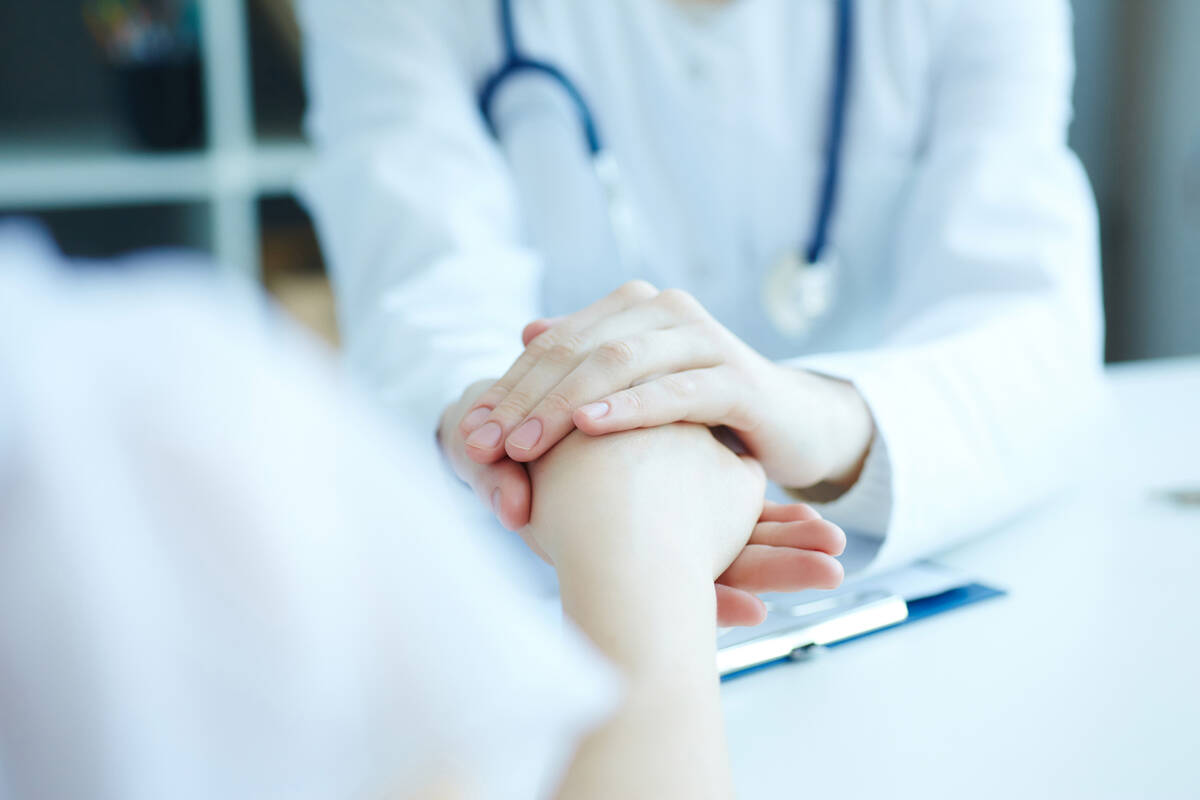New treatments providing hope for Parkinson’s sufferers
Parkinson’s disease touches every aspect of a person’s life, from the physical to the emotional, often leaving individuals feeling isolated and overwhelmed.
However, amid the challenges, there is a beacon of hope — new treatments and simple lifestyle changes are making a significant difference, empowering those diagnosed to lead fuller, more vibrant lives.
What is Parkinson’s disease?
Parkinson’s disease is a progressive neurological disorder that profoundly affects movement and other functions. Nearly 1 million people in the U.S. are living with Parkinson’s disease, and this number is expected to rise to 1.2 million by 2030.
“Parkinson’s disease, in the simplest terms, is a neurodegenerative condition which affects the neurons that produce dopamine in your brain,” says Dr. Prashant Natteru, assistant professor of neurology and neurologist with the Mayo Clinic Health System in La Crosse, Wisconsin. “So, you don’t have enough dopamine in your body, and that manifests with some of the features of Parkinson’s disease.”
Dopamine is essential for regulating movement and emotional responses.
“Imagine taking your grandkids out for ice cream and seeing the smile on their faces — that’s dopamine at work,” Natteru adds. “You require dopamine to emote better, work better and exercise better. In Parkinson’s patients, this ‘happy hormone’ is primarily low in quantity.”
Parkinson’s symptoms
Parkinson’s disease symptoms can vary from person to person and often start gradually. Natteru shared some key signs to watch for including:
Tremor: Rhythmic shaking, often beginning in a limb, such as a hand or fingers. This is known as a “pill-rolling tremor.”
Bradykinesia (Slowed movement): Simple tasks may become difficult and time-consuming. You may experience shorter steps or shuffle your feet when walking.
Muscle rigidity: Stiff muscles can limit your range of motion and cause pain.
Impaired posture and balance: This can lead to a stooped posture and increased risk of falls.
Loss of automatic movements: Decreased ability to perform unconscious movements, such as blinking or smiling.
Speech changes: You may speak softly, quickly or hesitate before talking. Your speech may also become monotone.
Writing changes: Writing may become smaller and harder to read.
“There are also nonmotor symptoms that can predate the motor symptoms by 20 to 30 years, such as constipation, sleeping problems, loss of smell, or even depression,” Natteru notes. “It’s important to understand that it’s not just one symptom by itself, but a combination of symptoms that lead to a diagnosis.”
Diagnosis and treatment
“Parkinson’s disease is more of a clinical diagnosis,” Natteru says. “If you have a family member or friend dealing with tremors, slow walking or a blank expression, it’s important to see a neurologist or a movement disorder specialist for a proper diagnosis.”
Diagnosis involves looking at a constellation of symptoms.
“People can have tremors when they’re resting a hand on the table or while watching TV,” Natteru says. “A commonly described walking pattern is a shuffling gait. Along with that, there’s a lack of emoting, such as a blank expression on the face, or being slow to move.”
While there is no cure for Parkinson’s disease currently, treatments can significantly improve symptoms and give you a better quality of life. According to Natteru, medications often help manage symptoms by increasing or substituting dopamine. In some cases, surgical procedures such as deep brain stimulation may be recommended to regulate certain regions of the brain and improve symptoms in patients who are not getting the benefit from the medications or are having side effects.
Risk factors and prevention
Men are 1½ times more likely to have Parkinson’s disease than women. Other factors that could increase the risk of developing Parkinson’s disease include:
Age: Risk increases with age, typically affecting those around 60 or older.
Heredity: Having a close relative with Parkinson’s slightly increases your risk.
Exposure to toxins: Ongoing exposure to herbicides and pesticides may slightly increase the risk.
Although the cause of Parkinson’s is unknown, some research suggests that regular aerobic exercise might reduce the risk. Additionally, consuming caffeine may be associated with a lower risk of developing Parkinson’s, though more research is needed to confirm this.
Managing Parkinson’s disease
Exercise plays a vital role in managing Parkinson’s disease.
“Staying active can slow down the neurodegeneration process,” Natteru says. “A pilot study from Yale School of Medicine showed that structured high-intensity exercise not only slowed down neurodegeneration but also possibly caused neuroregeneration, meaning the dopamine stores that were being lost were being regenerated.”
Natteru encourages patients to stay optimistic.
“Having a diagnosis of Parkinson’s disease is not a death sentence,” Natteru says. “You can change the course of the disease if you want to, and you can do that by staying physically active and exercising, especially now that there is evidence that exercise can be a potential disease-modifying therapy for Parkinson’s disease.”


















